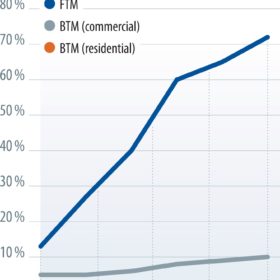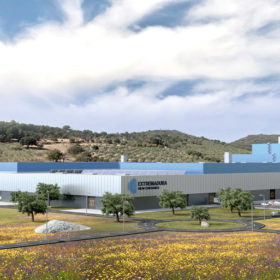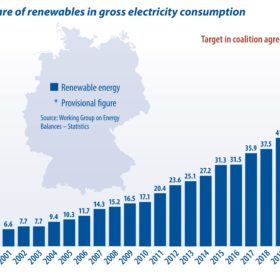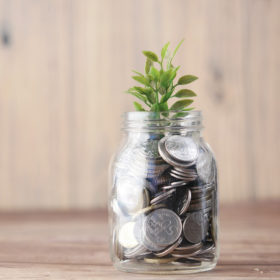pv magazine test: June 2022 results
We are pleased to present the next batch of energy yield results of the outdoor test field at Xi’an, China. In this issue, the June results are presented alongside additional analysis from George Touloupas, senior director technology and quality at CEA.
China’s policy-driven battery boom
The rise of electric vehicles brings rapid technological advancement and cost reductions to lithium ion battery manufacturing, which can serve to make batteries more useful and more profitable for the energy storage industry. However, the use of stationary batteries as energy assets is still at a nascent stage. Most markets and business models are immature, and InfoLink analyst Yuan Fang-wei sees policy as the major driving force to lead and stimulate China’s energy storage market.
Solid opportunity
Hype and hope for solid-state batteries (SSBs) continues to grow as industries from automotive to storage bet big on the technology. Leading battery manufacturers and a roll call of start-ups are jostling to get from lab to fab. The reality of SSBs is in question though. As Marija Maisch reports, the window of opportunity for the decades-old technology to make the next big step toward commercialization is now.
In search of the source
At the beginning of June 2021, during a meeting with Spanish businesspeople organized by the Portuguese-Spanish Chamber of Commerce, the Portuguese Prime Minster António Costa urged his neighbors to work on jointly exploiting the potential of plentiful lithium reserves found on the Iberian Peninsula. As Luis Ini reports from Madrid, his words reflect an increasingly evident reality: the need to achieve autonomy in the field of energy, especially in energy storage.
What a sunny day can teach us
In mid-July, 10 global and European organizations with decades of experience in energy markets released an open letter regarding the REPowerEU plan and the urgent need to rethink the structure of European energy markets. The letter outlined why Europe needs a rapid rollout of technologies that increase grid flexibility, such as battery-based energy storage, and strong targets and policy frameworks for support. Lars Stephan, policy and market development manager (EMEA) at Fluence – the lead organization behind the letter – provides a real-life case study from the German energy market.
Tricky to move
As sales of Li-ion batteries accelerate, both governments and the largest battery manufacturers are beginning to grapple with the question of whether local manufacturing facilities are desirable or even necessary. Although this appears to buck the trend of technological development over the last few decades, there are a number of technical as well as geopolitical reasons that make this a major issue for all Li-ion battery manufacturing stakeholders. Everoze partner Jamie Shaw-Stewart explores some of these issues.
Flowing into the lithium supply gap
Australian-born vanadium redox flow technology and new homegrown electrolyte sources are set to bulk up renewable energy storage options in the Pacific region and plug the gap left by lithium supply-chain issues. Natalie Filatoff reports from Sydney.
From lead to lithium
The transition to clean energy is well underway, and it is widely accepted that battery-based energy storage has a major part to play. We therefore have a duty to build energy storage that will leave a positive legacy, and this is why a full understanding of the materials we use and how we use them is so important. Keeping informed of the benefits and downsides of different battery chemistries is what will enable us to make the right moves towards building renewable energy infrastructure that will stand the test of time, writes Carlton Cummins, CTO and co-founder of clean tech firm Aceleron.
Lithium’s potential toxic hurdle
European institutions are looking into whether to classify lithium chemicals as a risk to reproductive health, while simultaneously working on new legislation to improve investment conditions for mining, processing, and recycling of strategic raw materials. The two legal developments are ongoing. Sergio Matalucci reports on how industry players say these decisions could have a decades-long impact on Europe’s ability to create a localized supply chain for batteries.
Sustainable finance as standard
Sustainable finance has been a major growth story, and a positive development for the solar sector as a fundamental part of the energy transition. But as the sustainable investment market evolves and is forced to respond to some criticism, the question arises, what exactly is sustainable finance and what does it mean for the future of the solar sector? Felicia Jackson in London lays out some of the different forms this funding can take.









